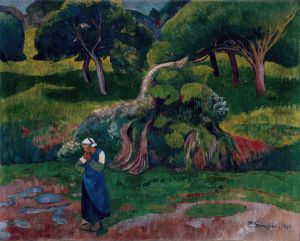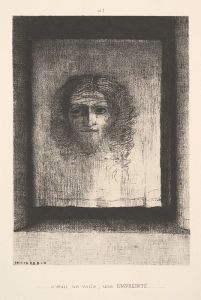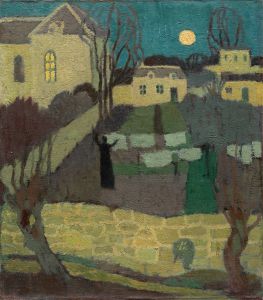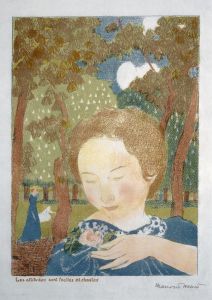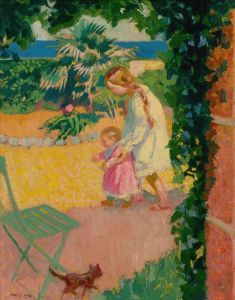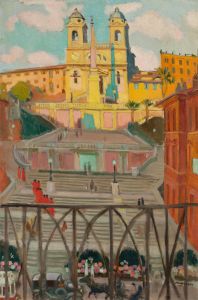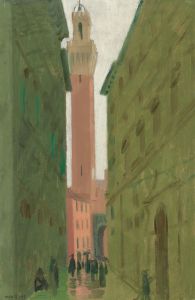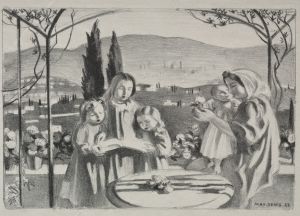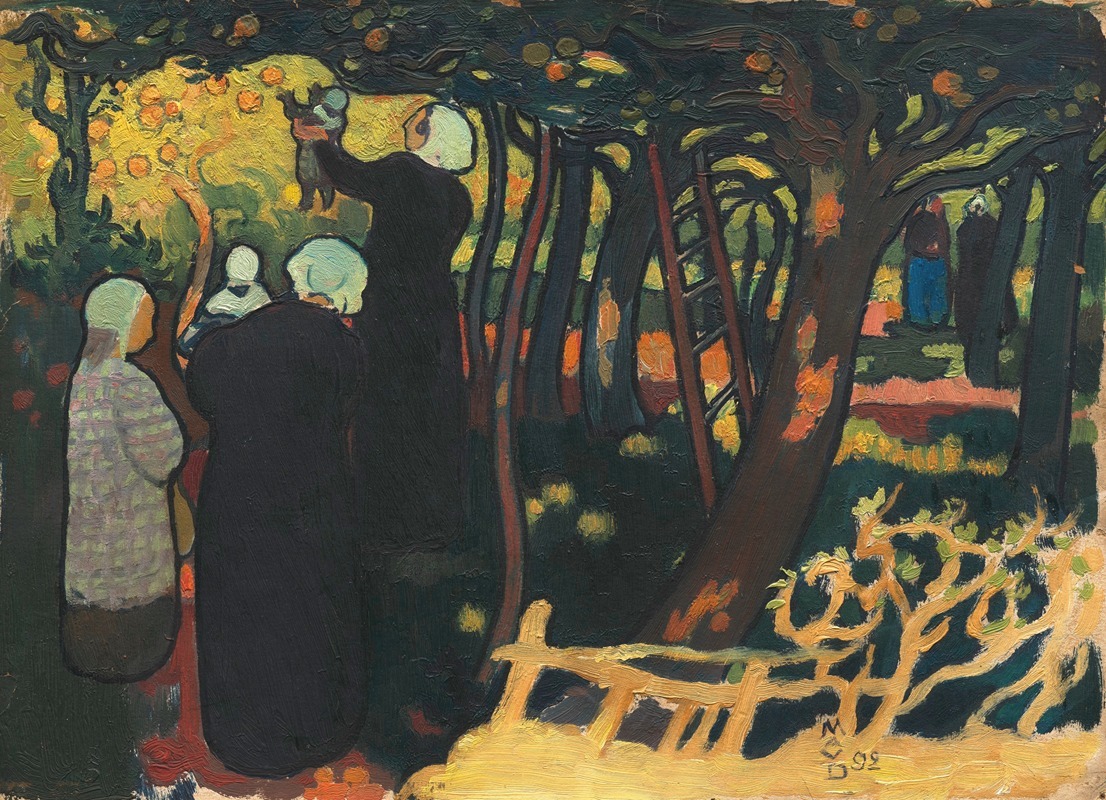
Le Verger
A hand-painted replica of Maurice Denis’s masterpiece Le Verger, meticulously crafted by professional artists to capture the true essence of the original. Each piece is created with museum-quality canvas and rare mineral pigments, carefully painted by experienced artists with delicate brushstrokes and rich, layered colors to perfectly recreate the texture of the original artwork. Unlike machine-printed reproductions, this hand-painted version brings the painting to life, infused with the artist’s emotions and skill in every stroke. Whether for personal collection or home decoration, it instantly elevates the artistic atmosphere of any space.
Le Verger, translated as "The Orchard," is a painting by the French artist Maurice Denis, a prominent figure in the Symbolist and Nabi movements. Painted in 1893, this work exemplifies Denis's commitment to the idea that a painting, before being a depiction of a narrative or a representation of reality, is fundamentally a flat surface covered with colors assembled in a certain order. This perspective was a significant departure from the traditional approach to painting, which emphasized realism and perspective.
Maurice Denis was born on November 25, 1870, in Granville, France. He was a key member of the Nabi group, a collective of post-Impressionist avant-garde artists who sought to transform the foundations of painting. The Nabis, which means "prophets" in Hebrew, were inspired by Paul Gauguin and emphasized the importance of emotion and spirituality in art. Denis's work often reflects these principles, focusing on the symbolic and decorative aspects of painting.
Le Verger is a quintessential example of Denis's style during the early 1890s. The painting depicts a serene orchard scene, characterized by its harmonious composition and the use of bold, flat colors. Denis's approach to this work reflects his belief in the decorative potential of painting, where the arrangement of colors and forms takes precedence over realistic representation. The painting is notable for its simplicity and clarity, with a focus on the overall mood and atmosphere rather than intricate details.
In Le Verger, Denis employs a limited color palette, using soft greens, blues, and earth tones to evoke a sense of tranquility and order. The figures in the painting, likely women and children, are depicted in a stylized manner, emphasizing their role as compositional elements rather than individual characters. This approach aligns with Denis's view that art should transcend mere imitation of nature and instead convey deeper symbolic meanings.
The painting's composition is carefully structured, with the figures and trees arranged in a rhythmic pattern that guides the viewer's eye across the canvas. This sense of rhythm and balance is a hallmark of Denis's work and reflects his interest in the decorative arts. The influence of Japanese prints, which were popular in Europe at the time, can also be seen in the flatness and stylization of the forms.
Le Verger is housed in the Musée d'Orsay in Paris, which holds a significant collection of works by Denis and other artists of the Nabi movement. The painting is an important example of Denis's contribution to the development of modern art, illustrating his innovative approach to composition and color.
Maurice Denis continued to be an influential figure in the art world until his death in 1943. His writings and teachings have had a lasting impact on the development of modern art, particularly in the areas of abstraction and symbolism. Le Verger remains a testament to Denis's vision of art as a harmonious and decorative expression of the artist's inner world.






